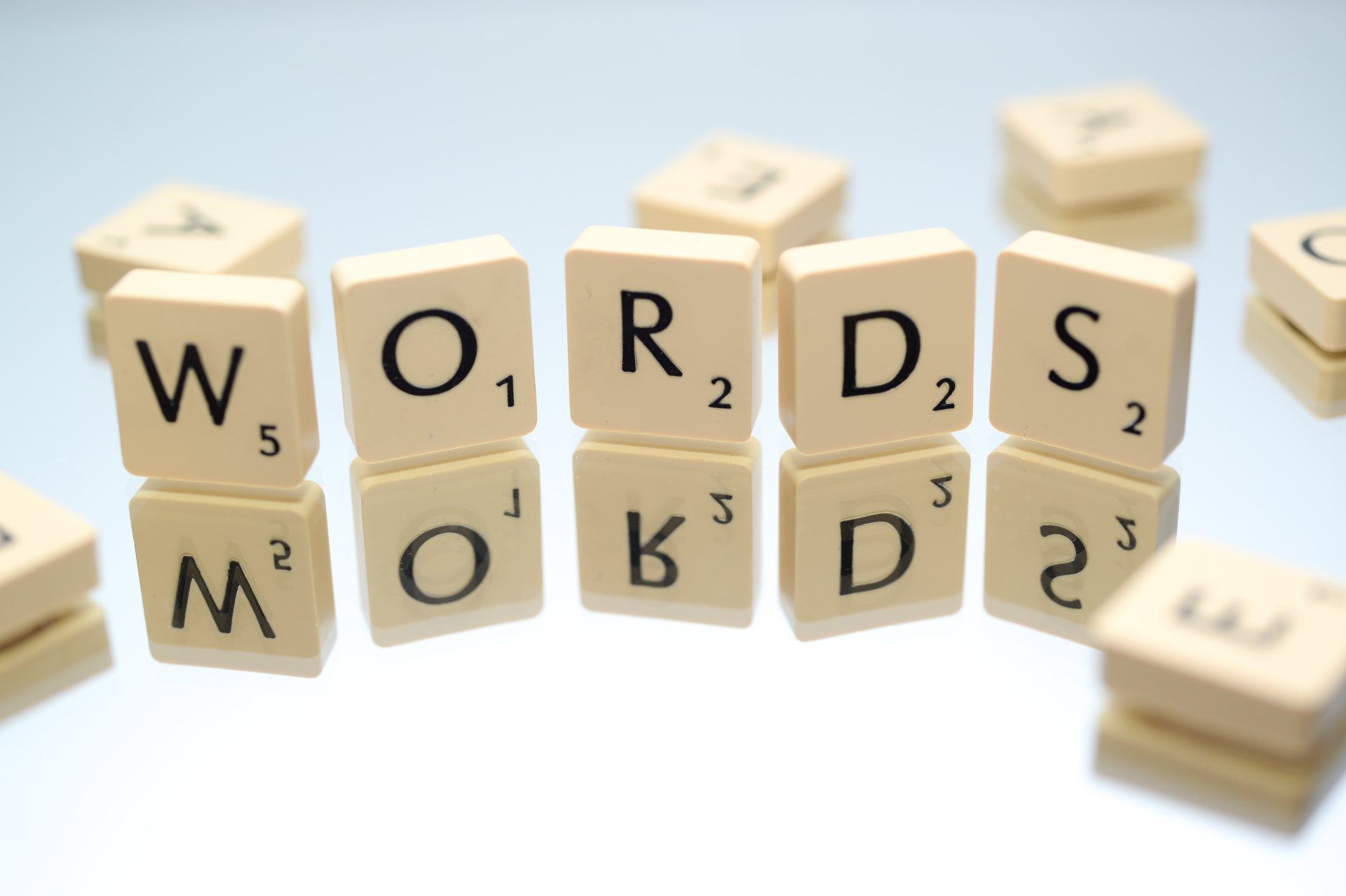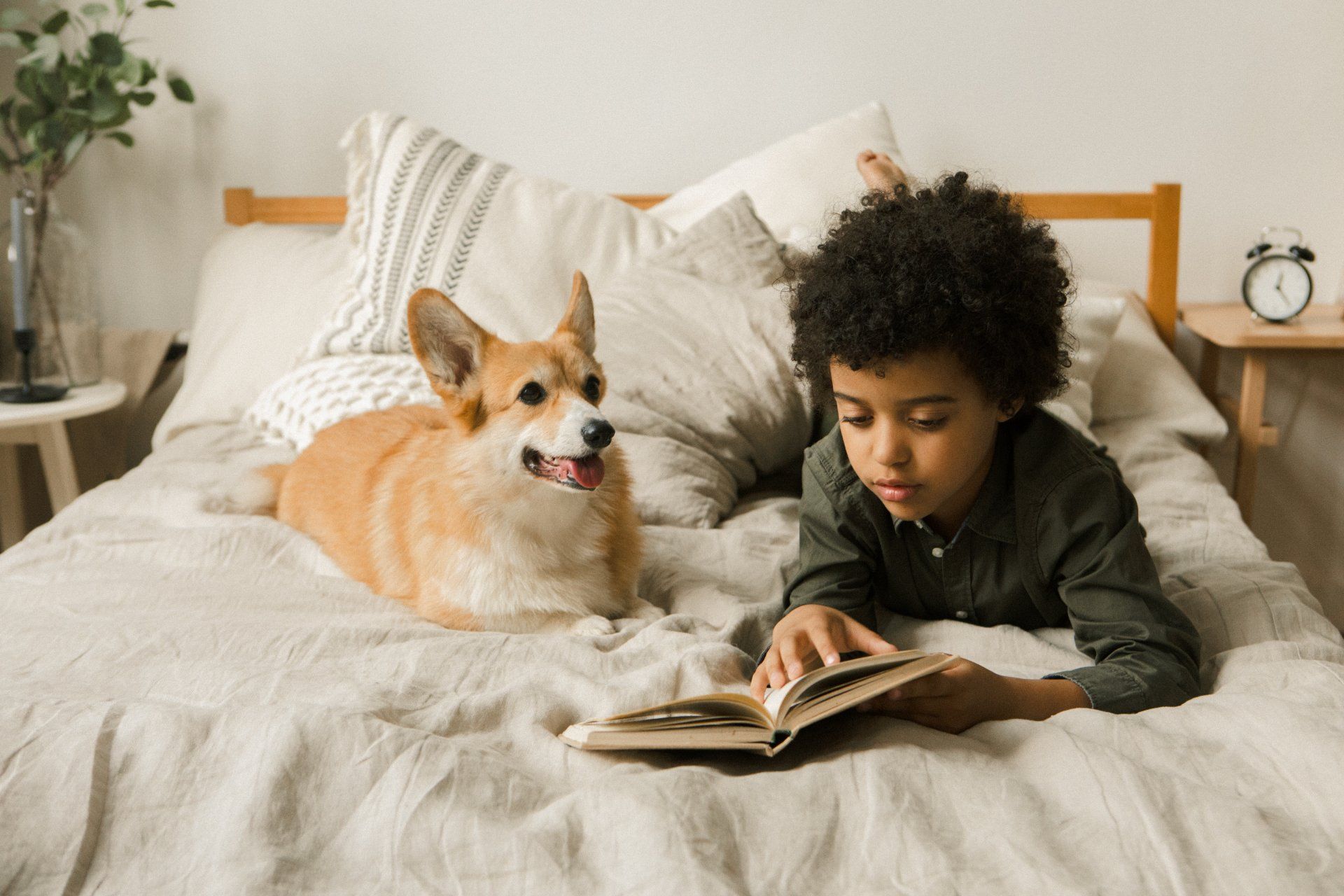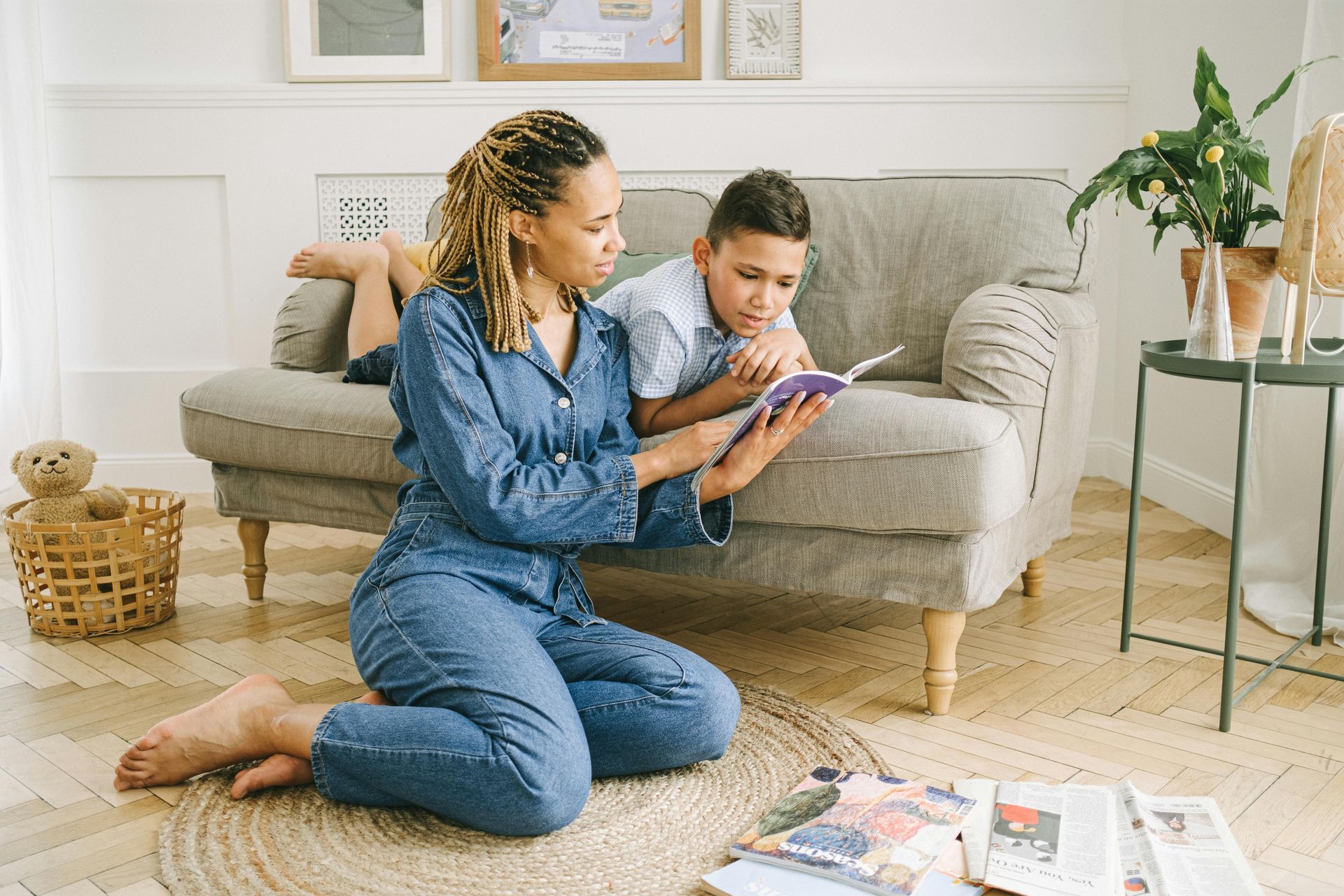Blog
15 Signs Your Child Might Be Struggling With Reading
If your child was struggling with reading, their teacher would let you know, right? Not always. Sometimes even the best teachers will fail to notice a struggling reader. Often, an undetected struggling reader is a student who behaves well in class and seems to focus quietly during independent reading time. The student’s grades might be decent and their standardized test scores in reading, while not as high as you might hope, are not overly concerning yet. A lower test score could be explained away as a fluke or just a bad day. Especially in lower grades, a bright student can often compensate for reading struggles by guessing and using context clues. During independent reading time, they know how to make it look like they’re reading when they’re not. This is often the type of student who is struggling more than they let on, and whom a busy teacher may not notice.
Thankfully, as a parent, there are some key signs you can watch for. If you suspect your child might be struggling with reading, look for the following:
1. Avoiding Reading
Struggling readers would rather not spend their time reading. If your child seems uninterested in books or frequently has an excuse such as “I’m too tired” or “I don’t feel like it,” this could be a sign that reading is challenging for them. Also notice if they’re hesitant to read aloud.
2. Difficulty With Phonics and Pronunciation
If you notice that your child frequently mispronounces words when reading age-appropriate material aloud, they might be behind in phonics. Next time you notice them mispronouncing a word, ask them to sound it out for you. If they struggle to decode (sound out) the word, they may have gaps in their phonics knowledge that make reading difficult.
3. Substituting Words
When a child has trouble decoding words, they’ll sometimes replace them with different words that look or sound similar. Notice if they tend to replace a harder-to-decode words, like “house,” with easier synonyms, like “home.”
4. Skipping Words
Similarly, pay attention to whether your child tends to quickly skip past hard-to-pronounce words, hoping you won’t notice. Especially as texts become more challenging with a higher number of multisyllabic words, struggling readers often won’t attempt these difficult words.
5. Frequent Guessing
Does your child frequently guess at words without trying to sound them out? Rather than using their skills to decode, many struggling readers rely on context to guess. Some kids become so good at guessing that their reading difficulties go undetected for years.
6. Reading Slowly
When a fluent reader reads aloud, they sound like they do when they’re speaking. Struggling readers tend to read slowly, haltingly, and lack expression. They also take longer than their peers to get through texts when reading silently.
7. Trouble With Comprehension
When your child finishes reading a passage of text, are they able to explain to you what the text was about? If the answer is no, comprehension could be an issue. Often, struggling readers are working so hard to decode the text that they don’t have the capacity to comprehend it at the same time. They may need to read the same text over and over again before they’re able to understand it.
8. Spelling Mistakes
Spelling and phonics go hand in hand. If your child struggles to spell most words—especially straightforward, phonetically easy words—it is often a sign that they do not have an adequate grasp on phonics patterns and rules.
9. Writing Struggles
Reading and writing are also closely connected. If your child struggles with reading, chances are they won’t be eager to write. Notice if they struggle to put their thoughts into words on paper, if they tend to write the bare minimum on assignments, and if their writing is full of spelling mistakes.
10. Mixing Up Letters
Many kids will confuse visually similar letters, like b and d, as they are first learning to read. If you notice that your child struggles with this year after year, however, it could be a sign of dyslexia or other reading challenges.
11. Difficulty With Written Instructions
Consider a child who aces all the problems on their math worksheet except for the word problems. Reading difficulties make it hard for kids to understand the instructions on their assignments. Watch for this as you help with homework. If your child needs you to explain the assignment or to read the problem to them, it might be because they’re struggling to read it on their own.
12. Physical Signs of Stress
Some kids who struggle with reading will show physical signs of discomfort. They may squint, rub their eyes, fidget, or seem tense. This could be related to tracking or vision problems, which make reading difficult. It could also indicate frustration with the task of reading itself.
13. Inconsistency
Notice if your child can read certain texts at their level but not others. Often, kids will sound fluent reading books they’ve read many times before, or they’ll be able to easily read text that is supported by pictures and repetition. But they need to be able to read unfamiliar, unpracticed text too. Proficient readers should be able to consistently read text at their level that they’ve never seen before.
14. Lack of Progress
Keep tabs on whether your child’s reading skills are improving over time. If they seem stuck at the same level for a long period, they may need additional help. Concepts and vocabulary become increasingly difficult from grade to grade. Steady progress in reading is important, and intervention when they seem to have plateaued can keep your child from falling behind.
15. Difficulty With Foreign Languages
Learning a foreign language is difficult for most people, but struggling readers will have an especially hard time. Languages like Spanish, for example, are highly phonetic. Kids who have a good grasp of phonics will often be able to decode words in these languages even before they’ve learned the meanings of the words. Kids who lack phonics skills will not be able to do this. Without the ability to rely on context clues, decoding words in foreign languages will be extremely difficult.
Note that many struggling readers will have some of these signs but not all of them. If you suspect your child might be struggling with reading, pay attention to your instincts. Inquire about extra support at school, and work with them at home if possible. For kids reading at a first through fifth-grade level, One Minute Reader is a great tool for building fluency. If you’re concerned dyslexia might be the culprit, the International Dyslexia Association is a helpful resource that includes a free screener.
Highlighted Posts


Ready to see an improvement in your child's reading?
Sign up today and get seven days for FREE.
One Minute Reader is just $8 per month after your free trial.
